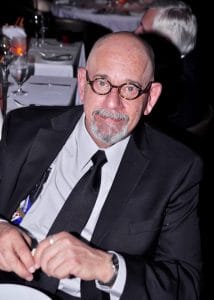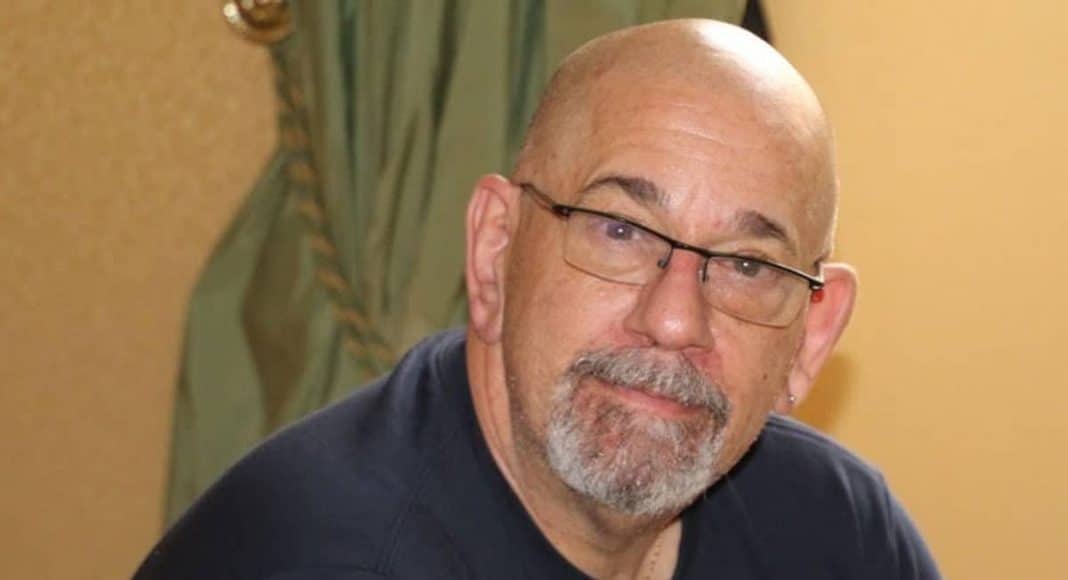Before multiple sclerosis Chuck Ijadi has been an active person all of his life. At 14, he was a tailor’s apprentice in a men’s haberdashery. Along the way he also worked fast food, pumped gas, worked on cars and delivered newspapers. He played baseball, softball, wrestled, snow skied and loved photography. He had built a successful professional career as chief financial officer for two different firms and as a consultant specializing in forensic accounting.
In 1999, while on a family vacation in California, he began to experience disturbing physical symptoms of dizziness and inability to focus his eyesight. This was followed by a gradual building of pain and loss of the use of his left arm. Over the next few days, he would also begin lose control of his left leg and began to stumble. He stayed quiet and didn’t tell his family. By the time they returned from vacation his sense of touch began to numb.

His world had shifted but he didn’t know why. Ijadi went through a battery of tests with his new neurologist and was diagnosed with multiple sclerosis. The disease wastes the protective covering of nerve cells in the brain and spinal column and can result in pain, numbness, partial blindness and loss of coordination.
He started taking a variety of prescription analgesics, anti-spasmatics and anti-seizure medicines. While they did help with his pain, his ability to drive a car, to work and function in so many other everyday ways came to a standstill.
Something had to change. He decided he would give cannabis a try. There were existing stories about patient benefits but it would be years before any legitimate medical marijuana was available in New York State. With no legal outlet, he was paying $400-500 and ounce for medical-grade marijuana. As expensive as that sounds, he said it was worth it. “I could get cheaper stuff, but I couldn’t afford to take a chance with my health. I needed good, clean product,” Ijadi said.
He decided to come out and told his neurologist that he was using marijuana.
He had been on a variety of meds and they profoundly impacted his health for the worse. His neurologist didn’t know enough about cannabis to offer any additional information.
In 2002, he experienced his first Seattle Hempfest. In 2003, Chuck and his wife moved to Washington State. He was fortunate enough to meet Dr.James Bowen and get a letter of recommendation for the use of medical marijuana. The journey taught him to look at medication in a new way. “When you start using marijuana as medicine you have to learn how to listen to your body and try to approach health in a holistic way”Ijadi said. He was able to get off of anti-inflammatory and anti-spasmodic Rx drugs.

He was now official and would come to love the dispensary culture. Ijadi has a real nostalgia for the days of shops with jars of buds you could open and smell, meeting growers in store and learning about products and titration from other patients. He learned to home grow, began teaching others to do the same and delivered marijuana to homebound patients. The patient became teacher and advocate.
“My quality of life has improved tremendously. I went from being being depressed and not being able to control my body or work. The cannabis does not take away all pain, only death does that. What cannabis does is help to make pain more tolerable,” Chuck Ijadi said.


